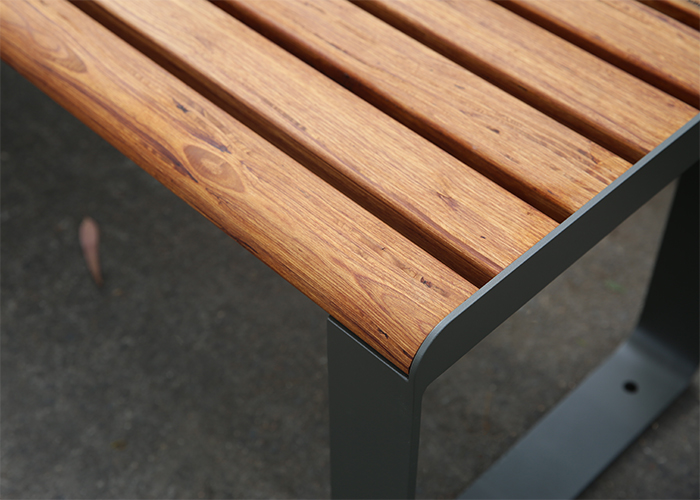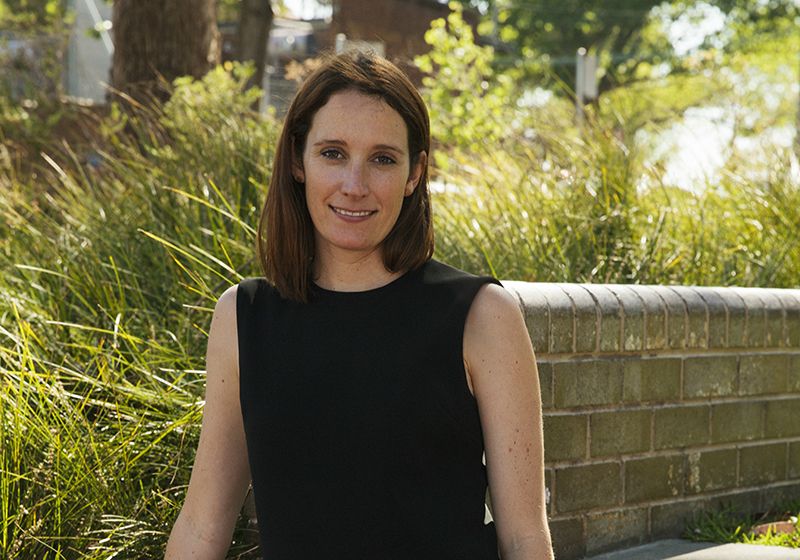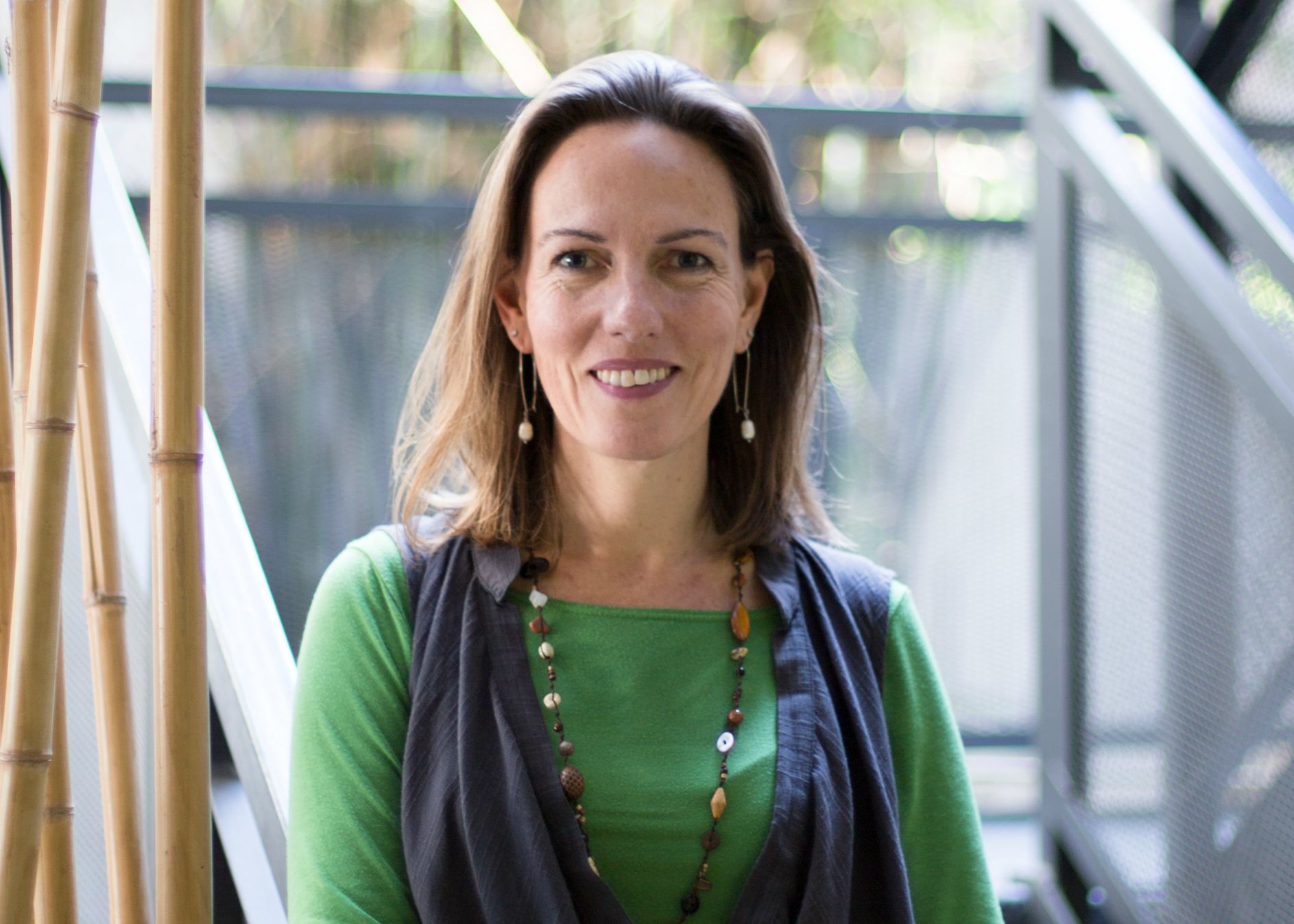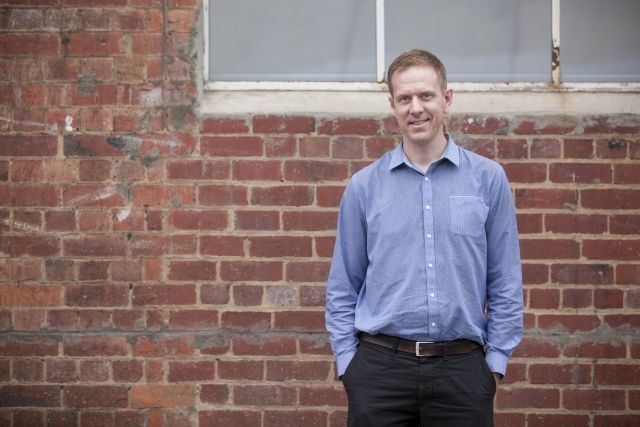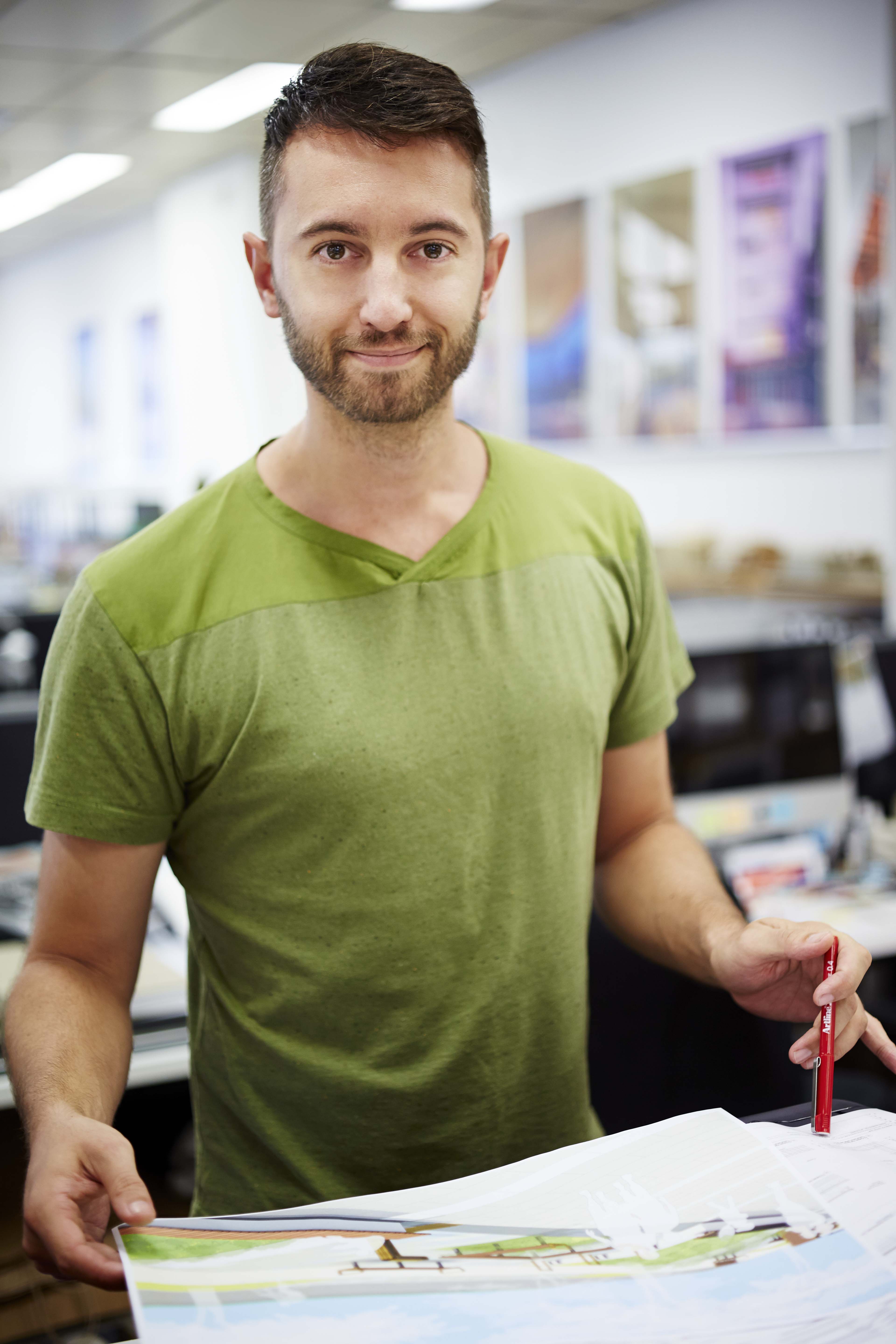
In a new Q&A series with Australia’s pre-eminent designers for the public domain, StreetChat interviews Benjamin Driver of Hill Thalis.
Tell us about yourself. What are some of your interests?
I’m a Sydney boy, born and bred. I’ve always had a connection to both the natural and man-made world – textures, leaves, stones, trees, as well as creatures. I’m an avid gardener and will always find myself at home outside collecting, observing and absorbing how things function. Although I have a Masters degree in Architecture, I most often describe myself to people as being an ‘urbanist’ – having a keen interest in how cities grow, function and provide for us all. From the macro set-out and alignments of city structure to the quality and pattern of the paving on a footpath, I’m obsessed with it all.
What drew you to architecture/urban design?
Growing up I was sure I wanted to be a pilot – I was plane crazy. But Mum and Dad noticed from an early age I was drawing maps of streets, railways, airports. They knew before I did that architecture was my path. In high school my interests included geography, visual arts, visual design and a number of related electives. It feels now like it was always meant to be. I’m very thankful they had the foresight to help direct me to something that would shape my life.
From the macro set-out and alignments of city structure to the quality and pattern of the paving on a footpath, I’m obsessed with it all.
What inspires you in your work?
Cities for me are the epitome of our democratic society, and the public domain (it’s streets, squares, parks) our largest collective asset. We each own a small piece, and we share it all. These assets directly influence the quality of our public lives. They deserve high quality and enduring materials and character which speak to a city or nation’s aspirations. Our great streets, squares and parks are the most memorable moments. I’m inspired to deliver the most enduring and character-building places we can.
Describe your favourite project so far, and why.
The detailed design of the points I’ve mentioned above are perhaps the most exciting – moving from a concept to actually seeing something built; being able to touch the prototype, then see the production line at the fabricators. It becomes real and tangible.
Two projects stand out: Pirrama Park at Pyrmont and Constitution Avenue in Canberra. The latter is in construction right now … so working with Street Furniture Australia and their fantastic fabricators has been thoroughly enjoyable. The sharing of ideas on finishing details and interfacing materials is a privilege. Not many people get to work on beautiful items like this.
At their heart, both projects, and any of this size, are in fact a collaboration.
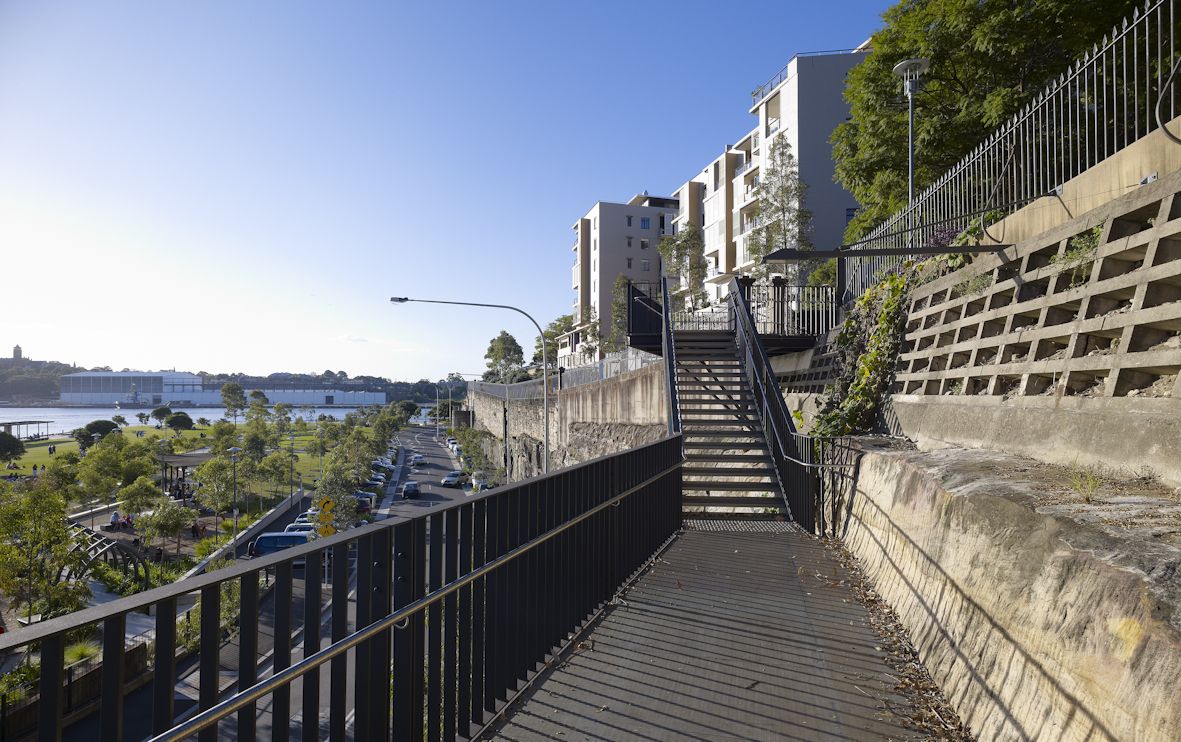
Pirrama Park (Photo courtesy of Brett Boardman)
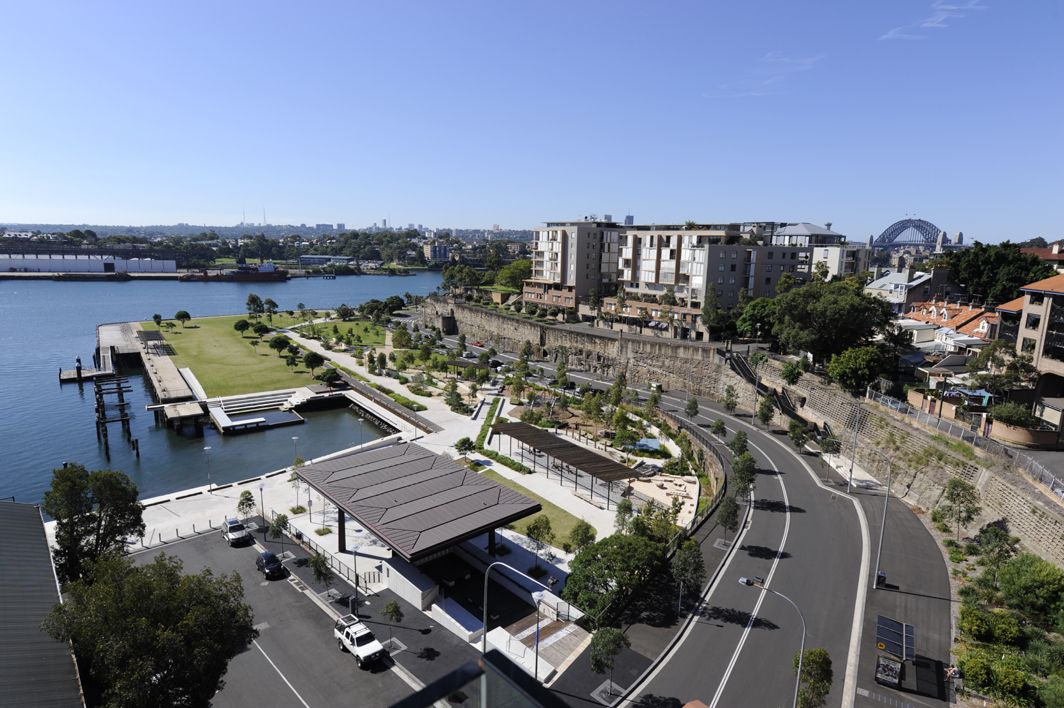
Pirrama Park (Photo courtesy of Adrian Boddy)
What do you consider to be your strengths as an architect?
I have a keen eye and sensibility for balance and alignment. At heart, I like to think that when designing pieces of the city I create with fairness and openness – this again comes from a belief in the democratic strength of cities. As architects we must balance the needs of the city as a whole with client, developer, government, and also the aspirations (and often fears) of the local resident. Everyone has an opinion, so doing the ‘good work’ and remembering that what we produce today isn’t for short-term gain is vital – it will out-live us all. Cities are long-lived beasts. We must feed them and pat them gently, and they will respond.
Working with Street Furniture Australia and their fantastic fabricators has been thoroughly enjoyable. The sharing of ideas on finishing details and interfacing materials is a privilege. Not many people get to work on beautiful items like this.
What have you found to be the most challenging aspects of your work?
The balancing act I’ve touched on above is an ongoing challenge, but unique in every project. The economic argument always receives the most emphasis, but the biggest challenge is in fact achieving the environmental and social outcomes. These are much harder to measure, much harder to benchmark. There are a lot of buzz words in the industry, but to truly understand if we are providing positive social and environmental outcomes we need to envisage these and embed them into our design work years before we will actually see the results. That’s something I think society has always battled with.
Any advice for up-and-coming urban designers?
Get out there. Touch things. Look at the grain in the timber and ask why it’s been cut in that way; get down to the Opera House and touch the concrete (there is none better). I say this to students I teach: don’t just think about your pretty 3D models. If you’re not here to build – if you’re not here to make things – then you’re missing half the story. We have to be addicted to the way in which we make things, and the way in which we can get better every time. Most of all … enjoy it.
To truly understand if we are providing positive social and environmental outcomes we need to envisage these and embed them into our design work years before we will actually see the results.
Can you tell us about your involvement in Clover Moore and Alex Greenwich’s independent teams?
You can probably tell by my earlier writing that I’m a bit of a socialist at heart. That’s not to say that either Clover or Alex are, but I’m not scared in describing myself as such, and I work with them in a volunteer capacity because I believe in the work they do. Deep down I truly believe that they each hold strong and fair democratic values dearly. They are both very different characters, but are both incredibly generous and caring individuals. The major parties don’t have, I believe, strong enough policies and sensibilities to enable our cities to cope with the social and environmental challenges they face today.
Clover and Alex are each incredibly interested in cities, their people, and are keen listeners. For this reason I feel like my contribution to their independent campaigns and policies is welcomed and appreciated. I feel like my passion can also be an effective voice for positive change.
What have you learnt from working on urban housing projects?
Having worked on a variety of urban housing projects in Sydney and having viewed many on my travels overseas, it is apparent that there is no lack of will or way to providing efficient, high-amenity housing for citizens of perhaps the most wealthy country in the world. Unfortunately we have lost our way and face a tremendous availability and accessibility crisis that isn’t solved by releasing more land or just building towers. We need to look deeply at the mechanisms by which housing is delivered, and if we are going to be true to the democratic rights of citizens living in cities then we must look for quality – not just quantity or profit. Affordable Housing providers, for instance, I believe, will have a much bigger part to play once the NSW government establishes appropriate housing policy.
Tell us about your involvement in Sustainable Sydney 2030 Vision.
This is in fact how I first met Clover, and decided to get more active politically. The City of Sydney at the time, under Clover, proposed measures to improve Sydney’s centre and fight climate change with the most far-reaching targets, goals and objectives in the country; in fact, some of the largest greenhouse gas reduction targets in the world. The City should be applauded for this. Many cities have used SS2030 as a benchmark – a true measure of the Strategy’s success.
Unlike many planning documents, the Strategy has an architectural and project focus, with a range of catalyst projects to demonstrate how the policy can reshape and make the city. This is so important, and often lacking from planning documents. The answer is not in the words; the answer is in the drawing.
If you’re not here to build – if you’re not here to make things – then you’re missing half the story.
How do you think street furniture plays a role in urban design?
Coming full circle, and understanding the immense value that the public domain plays in our daily lives, we realise how important it is for people to be able to function and enjoy their time within it. Simply, street furniture must be inviting, enduring and add value to the shared experience of the city. Without our benches, we have no special spots to sit and people-watch … or take in a beautiful view … or for the elderly to catch their breath. Without bike racks we lack the encouragement for people to pursue more active transport to work or feel confident to ride with the kids on the weekend. It plays such a key role – and most people don’t even realise. So maybe the best measure for designers like us when we are designing these pieces is for people to think that “they were always just meant to be there”.
Do you know someone who has made a positive design impact to the public domain? We would love to hear from you. Please send recommendations to editor@streetfurniture.com





